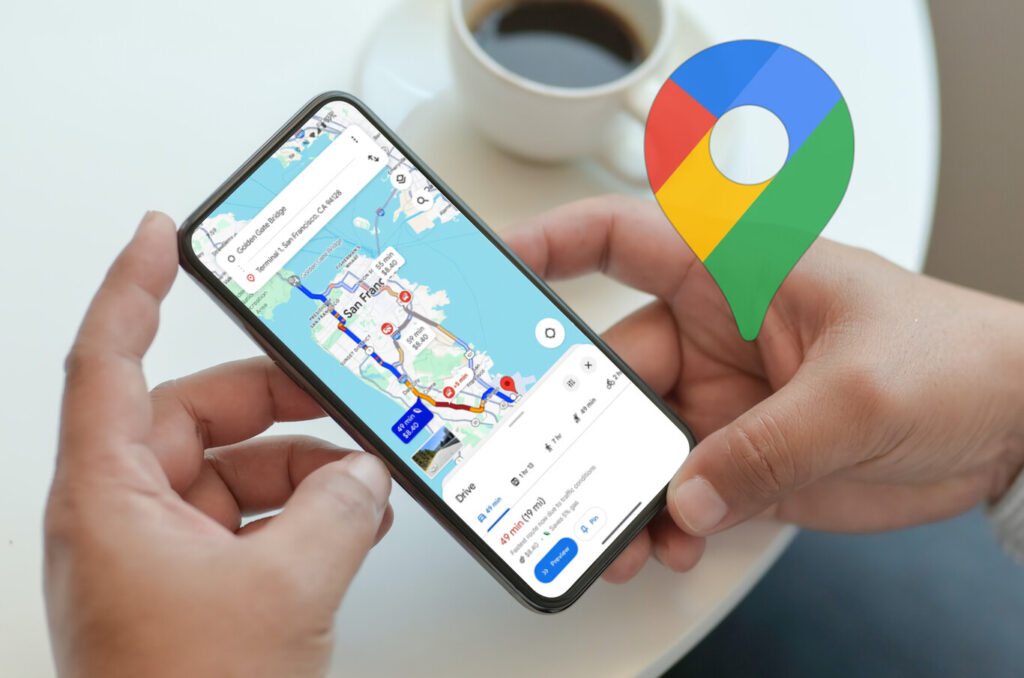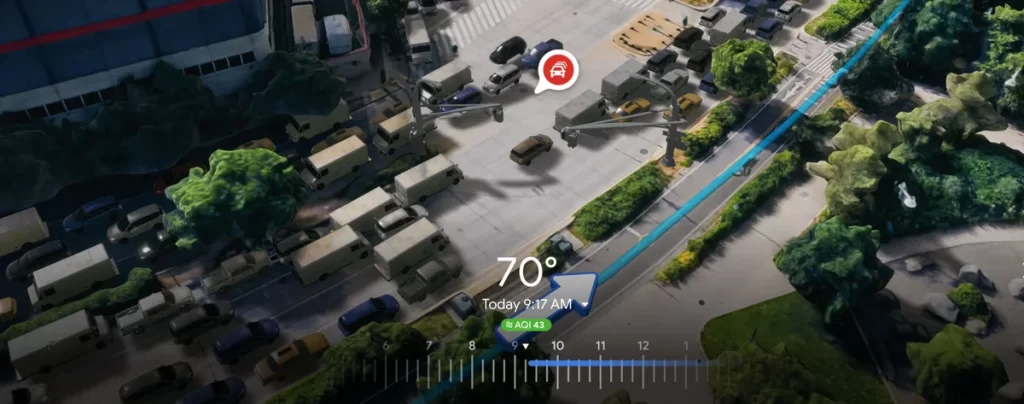Google Maps, the ubiquitous digital atlas, has become an indispensable tool for navigating our ever-evolving world. From planning road trips to discovering hidden gems, Google Maps seamlessly integrates into our daily lives. But the developers at Google are constantly innovating, pushing the boundaries of what a mapping platform can do. This article delves into the latest updates for Google Maps in 2024, exploring how these advancements are shaping the way we travel and explore.
A Focus on Personalization: Recommendations Tailored to Your Needs
Gone are the days of generic map views. Google Maps in 2024 embraces user preferences, offering curated recommendations for places to visit, eat, and explore. Here’s how personalization takes center stage:
- Community and Expert Lists: Discover top-rated restaurants, must-see attractions, and hidden gems based on curated lists from trusted sources and the Google Maps community. Filter these lists by specific interests, cuisine types, or budget to find exactly what you’re looking for.
- Your Timeline, Your Guide: Your Google Maps timeline allows you to revisit past trips and explore saved locations with ease. Imagine planning a future trip by revisiting the charming cafes and historical sites you stumbled upon during a previous journey.
- AI-Powered Insights: Google Maps leverages artificial intelligence to personalize search results and recommendations. Based on your past searches and travel habits, the platform can suggest destinations, predict travel times based on real-time traffic data, and even recommend alternative routes tailored to your preferences – scenic drives for the nature lover or the fastest route for the time-pressed traveler.

A Multimodal Future: Embracing Diverse Transportation Options
As cities strive for sustainability and citizens explore new mobility options, Google Maps is evolving to reflect these changing realities. Here’s what’s new on the transportation front:
- Multimodal Trip Planning: Seamlessly plan trips that combine walking, cycling, public transportation, and ride-hailing services. See estimated travel times, compare costs, and even purchase public transit tickets directly within the app.
- Micromobility Integration: The growing popularity of electric scooters, bikes, and e-bikes is reflected in Google Maps. Users can find nearby dock locations, estimate travel times, and even unlock certain micromobility options directly through the app.
- Improved Public Transit Information: Real-time updates on public transit schedules and delays provide crucial information for commuters. Google Maps can also suggest alternative routes in case of disruptions, ensuring you arrive at your destination on time.
A More Sustainable Future: Eco-Conscious Navigation
With a growing focus on sustainability, Google Maps is helping users make eco-friendly travel choices. Here are some key features:
- Eco-Friendly Routing: Opt for the “eco-friendly route” option, which prioritizes routes that are less congested, leading to potentially lower fuel consumption and reduced emissions.
- Estimated Carbon Footprint: See the estimated carbon footprint for different driving routes, allowing you to make informed choices that minimize your environmental impact.
- Public Transport Incentives: Some cities are integrating incentives for using public transportation into Google Maps. Imagine earning rewards or discounts for choosing public transit over driving, further promoting sustainable travel habits.
Beyond Navigation: Google Maps as an Immersive Experience
The future of Google Maps extends beyond simply getting from point A to point B. Here’s how Google Maps is becoming a more immersive experience:
- Live View with AR Overlays: Live View, which overlays directional arrows and information onto your real-world view through your phone’s camera, is becoming even more sophisticated. Imagine seeing the name of a restaurant or store superimposed on the building in front of you, making it easier to locate your destination.
- 3D Maps: Certain cities now boast highly detailed 3D representations within Google Maps. Imagine virtually exploring a city’s skyline or getting a 3D preview of a historical landmark before you visit.
- Indoor Maps with Enhanced Navigation: Finding your way around large airports, shopping malls, or even train stations becomes effortless with detailed indoor maps. These maps highlight specific stores, restrooms, and exits, making indoor navigation a breeze.

A Look Ahead: The Future of Google Maps
The future of Google Maps is brimming with exciting possibilities. Here are some potential areas of development:
- Integration with Smart Cities: As cities become “smarter,” Google Maps could integrate with traffic management systems, suggesting real-time detours due to accidents or optimizing traffic flow based on current conditions.
- Self-Driving Car Integration: The integration of self-driving car technology with Google Maps could revolutionize transportation, with the platform automatically navigating autonomous vehicles to their destinations.
- Hyperlocal Discovery and Information: Imagine Google Maps seamlessly integrating with other platforms to provide hyperlocal information and discovery. As you walk down a street, Google Maps could display reviews and information about local stores in front of you, or suggest nearby restaurants that suit your dietary preferences.
Google Maps in 2024: Your Smart and Sustainable Travel Companion
Google Maps updates in 2024 reflect a clear vision: a future where navigation becomes more personalized, sustainable and immersive. Google Maps evolves from being simply a tool to get you to a destination to becoming a smart travel companion that helps you discover new places, make eco-conscious decisions and experience the world in a whole new way. With these exciting innovations on the horizon, Google Maps is positioned as a must-have tool for curious and eco-conscious travelers in 2024 and beyond.
